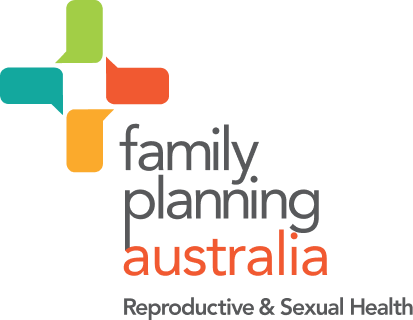Chapter 11 – Menopause
CONTENTS
- Menopause: An introduction
- Normal physiological and endocrine changes at perimenopause and post menopause
- Menopausal symptoms
- The menopause consultation
- Menopausal Hormone Therapy (MHT)
- Non-hormonal pharmacological treatments for menopausal vasomotor symptoms
- Alternative and herbal treatments
- Treating menopausal symptoms after breast cancer
- Premature ovarian insufficiency
- Other issues to consider
- Low bone mass/ osteoporosis
- Cardiovascular disease
- Resources
-
References
See more. Sign up now!
Summary of chapter
Menopause is the permanent cessation of menstruation resulting from the loss of ovarian follicular activity. The word ‘menopause’ is commonly used to describe the last menstrual period. It is a retrospective diagnosis and is said to have occurred after 12 months amenorrhoea. Menopause usually occurs between the ages of 45 and 55 in Australian women, with an average age of 51.(1,74) This chapter often refers to “women” in describing those most commonly experiencing symptoms of menopause and seeking medical care. It is however acknowledged that trans and gender diverse people may also experience menopause and require care.
Menopause transition is the time before the final menstrual period when variability in the menstrual cycle is increased
Postmenopause is defined as starting 12 months after the last natural menstrual period.(3) During this time, women may present with new or continuing symptoms such as hot flushes, night sweats, or genitourinary symptoms such as vaginal dryness and low libido. Symptoms may resolve within two to three years, but a significant number of women continue to have vasomotor symptoms for many years. A large observational study conducted over 17 years in the USA, the Study of Women’s Health Across the Nation ... Buy now
